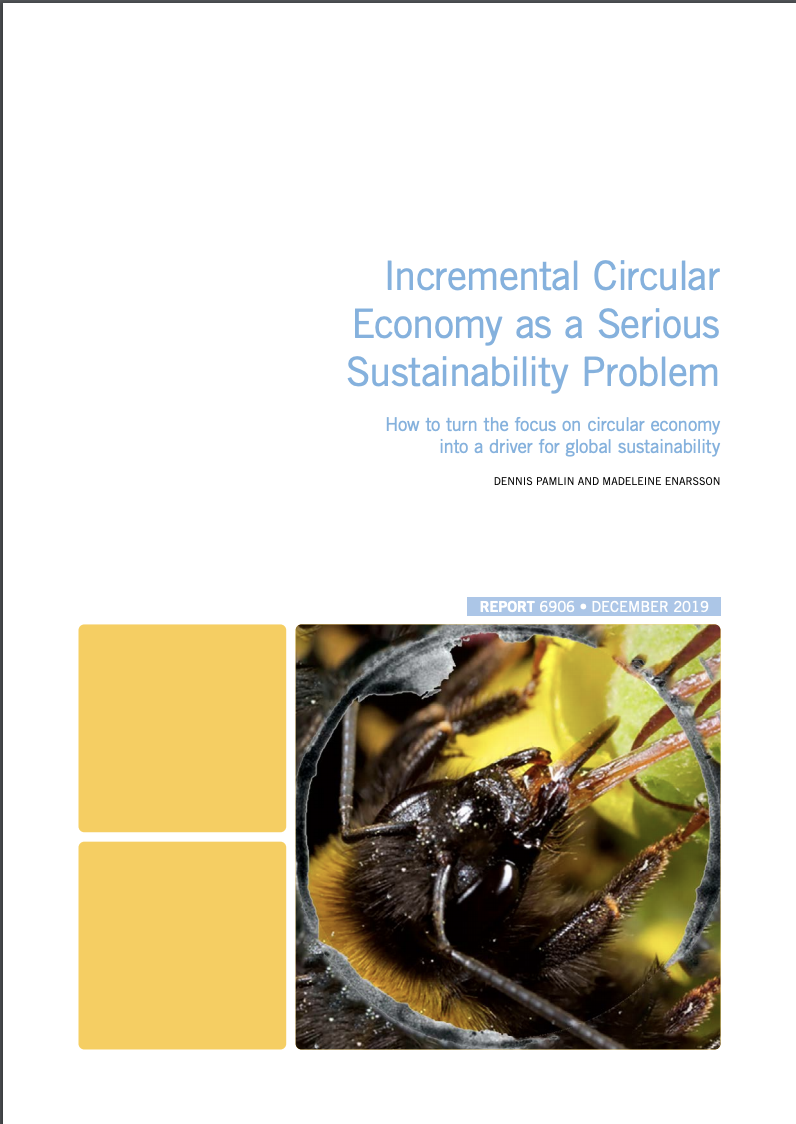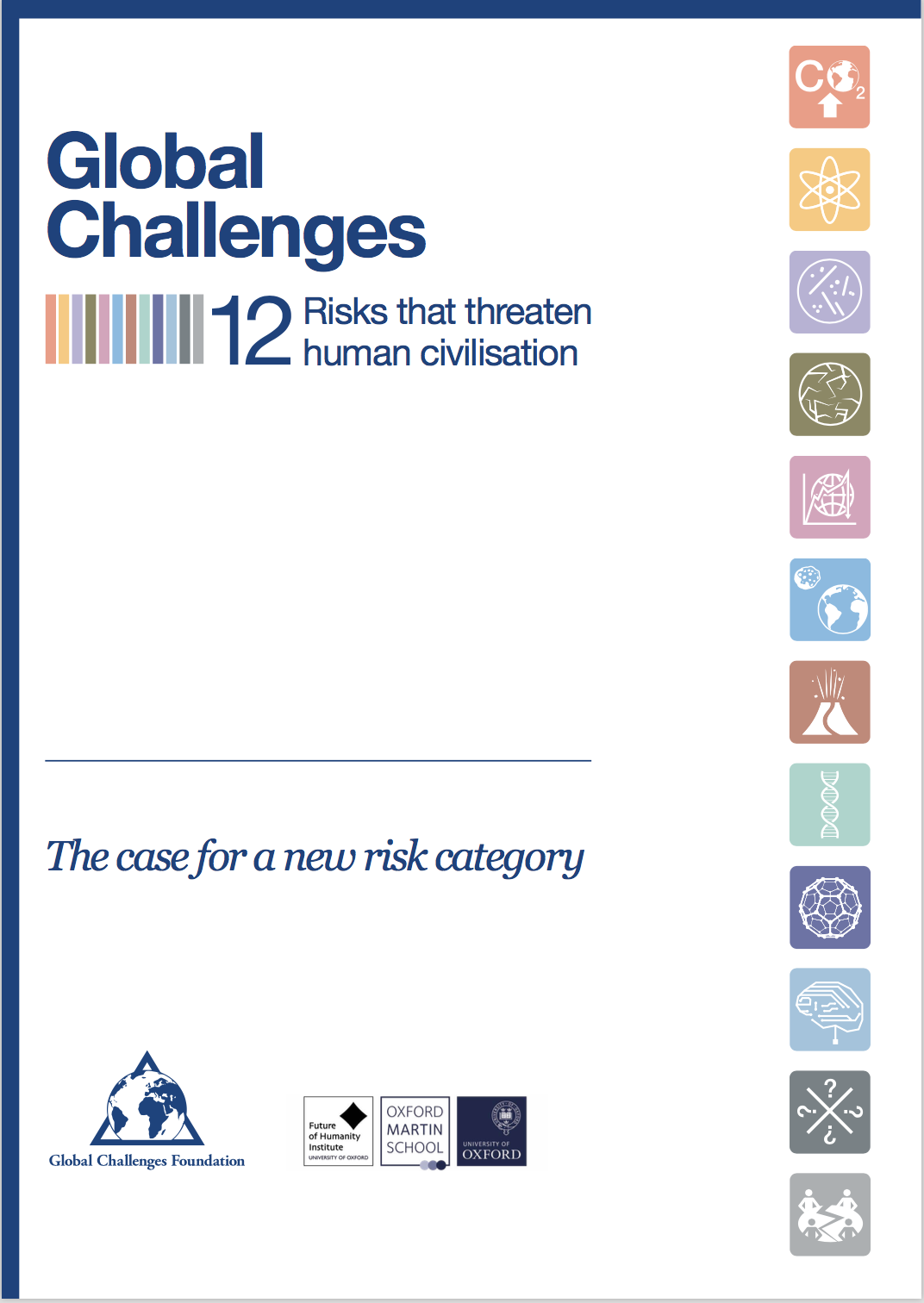Transformations Required for 1.5°C Alignment and Global Sustainability (Report)
/
Role: Author
From the introduction by UNEP-FI and Climate KIC to “Aligning Finance for the Net-Zero Economy - New Ideas from Leading Thinkers”:
UNEP FI and EIT Climate-KIC partnered together with UNEP FI to produce a thought leadership series that aims to inspire financial actors worldwide to move from risk to alignment, challenge current assumptions around climate alignment and develop ideas and concepts on how alignment can best be achieved. We hope to encourage stake- holders that a proactive climate response is not only about disclosing risks, but also about investing in green opportunities that can enable the low emissions societies of the future. This series convenes innovators and industry experts to provoke discussion, challenge the status quo and guide the transformation of business and finance towards a sustainable future.
My introduction
Much of the work in the financial system so far has focused on transparency and reducing risk and how such work can improve through better data and tougher criteria. However, in a rapidly changing world, the important question is how actions in the financial system support the concrete solutions needed in society and how they relate to what is needed for a 1.5°C compatible scenario, in particular a scenario with significant innovation and transformative system solutions, such as the IPCC’s Low-Energy-Demand (LED) pathway.
This paper discusses the necessary trans- formations and new opportunities in the global economy and finance sector to meet the objectives of the Paris Agreement. The paper is presented in five sections. The first section introduces a matrix identifying stakeholder roles and actions for climate alignment, compatible with a 1.5°C path- way. This matrix has two axes:
Y-axis: What actions in society are perceived to be necessary in relation to cli- mate change?
X-axis: What are the perceived roles of individual stakeholders or companies?
































